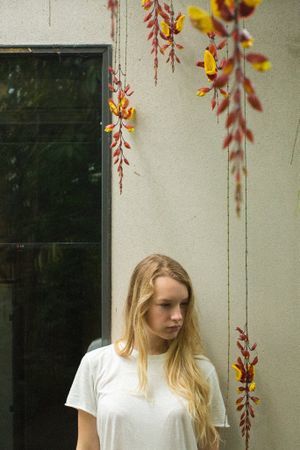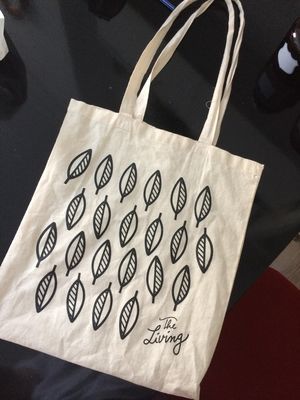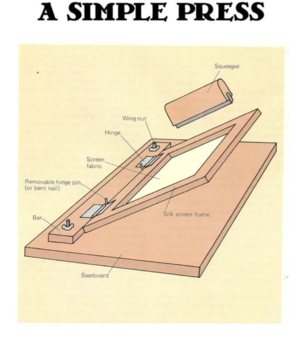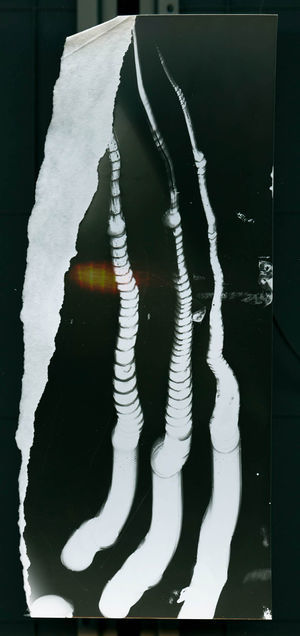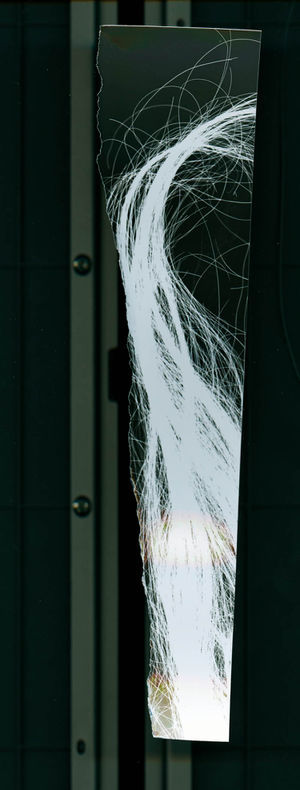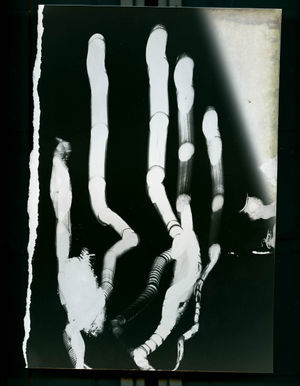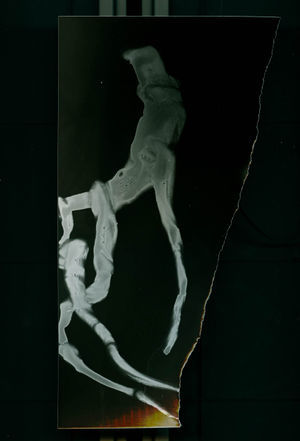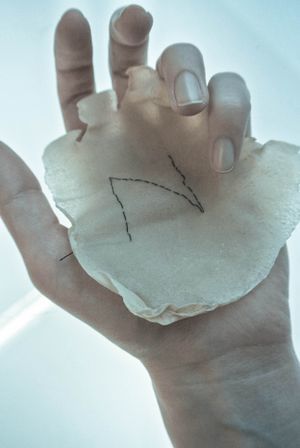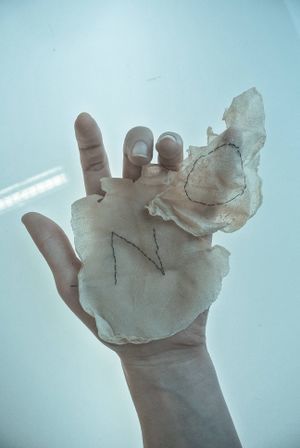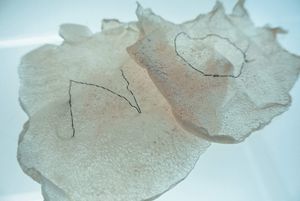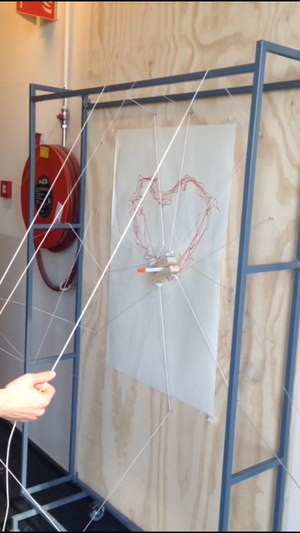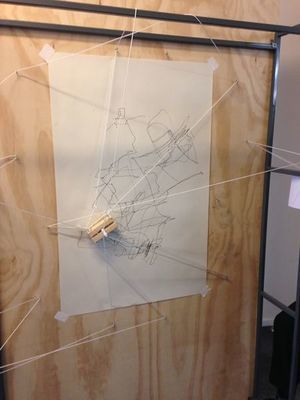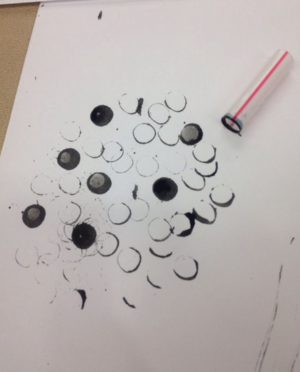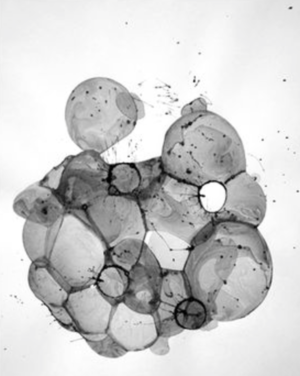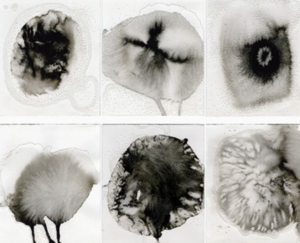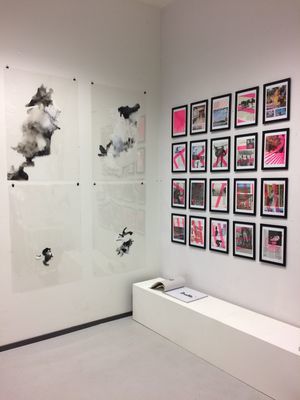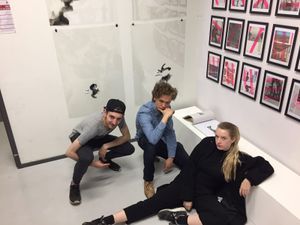User:EvanAcker
Contents
DATA
Name : Eady van Acker
Email : eadyvanacker@hotmail.com
Face :
WHY I MAKE
When I create, I feel powerfull. The ability to convoke feelings by creating matter with my own hands. Making is my way of thinking, my toughts evolve with me, so does my way of making. creating something new makes me feel alive in a way nothing else does. With every new skill I master I feel myself and my knowledge growing. I want to learn more, I want to learn everything. I like challenging myself, maybe I learn new things about my self and what my facinations are. I make to express myself, to get out what I feel inside. To show people who I am, or what I think I am. With making we connect ourselves to others, knowing that we like or hate the same things. Maybe we feel fascinated by them, or even intimidated. We often feel like we are alone in our emotions, when in fact a lot of people have felt the same way.
I want to discover every single molecule on this planet and further. I have questions, a lot of them, and they need answers for my to feel satisfied. knowledge is power, and I want it all. I grew up in a rather boring village, my grey surrounding stimulated me to make something better, more beautiful then this. I filled my house, the house block, the village square, and lastly the whole town with my ideas. Until everything was overgrown with art. But still, I hadn't had enough. I moved to the city and began a never ending journey.
I make to break and make my own rules. I like setting up rules for myself, can I do this? can I do this without this? Can I do this in this matter of time? But I also like breaking said rules, because art in a way doesn't obey the rules. Tell me why paper is only for drawing and painting, why is ink only for printing? I like to discover the different powers of those or any materials. I create to feel, or let people feel. I can take subjets with dark and painful meaning, but also make you feel in another world by creating matter like it's from another world.
I make to bringing my ideas to life. I'm a real perfectionist, there is always something to improve. This is my strength but also my weakness. I'm always eager to learn and evolve, but I'm never satisfied. I have trouble making things I expect to not work, but then again, wouldn't it be boring if you could predict the outcome of every project? I make to feel free. In my mind everything is possible, imagination can run freely and released from logic. How special that something from your mind can take a physical form. I make to feel good, alive or even oke, Without creating I feel empty, the ideas have died because there is no place for them to bloom. But when making, there is a whole garden filled with flowers.
Statement by Eady van Acker (2017)
DELIVERABLES
A historical example
Research on Screen printing is a printing technique whereby a mesh is used to transfer ink onto a substrate, except in areas made impermeable to the ink by a blocking stencil. A blade or squeegee is moved across the screen to fill the open mesh apertures with ink, and a reverse stroke then causes the screen to touch the substrate momentarily along a line of contact. This causes the ink to wet the substrate and be pulled out of the mesh apertures as the screen springs back after the blade has passed.
Screen printing is also a stencil method of print making in which a design is imposed on a screen of polyester or other fine mesh, with blank areas coated with an impermeable substance. Ink is forced into the mesh openings by the fill blade or squeegee and by wetting the substrate, transferred onto the printing surface during the squeegee stroke. As the screen rebounds away from the substrate the ink remains on the substrate. It is also known as silk-screen, screen, serigraphy, and serigraph printing. One color is printed at a time, so several screens can be used to produce a multicoloured image or design.
There are various terms used for what is essentially the same technique. Traditionally the process was called screen printing or silkscreen printing because silk was used in the process prior to the invention of polyester mesh. Currently, synthetic threads are commonly used in the screen printing process. The most popular mesh in general use is made of polyester. There are special-use mesh materials of nylon and stainless steel available to the screen printer. There are also different types of mesh size which will determine the outcome and look of the finished design on the material.
What I made I choose Silk screen printing on textile for my historical example. I made a tote bag with the logo of my work in Delft on it. I made a bunch of them and gifted them to costumers for our 2 year anniversary. The pocess of making dose is rather easy but time consuming. But I'm satisfied with the new skill I gained.
New skill tryout
For this project I worked in the DOKA downstairs. I made these prints with light and water. I wanted to take printing and turn it more into a "mark making"
What happens is that the water reflects a lot of light from the flash light that brights up the paper, the result is the white marks.
The other area appears black because there is nothing that reflects the light. I'm quite pleased with the results because the actions were quite hard to get right.
I made a lot of them and I will not be able to post them all on this page because it might be 200 (!)
It was a fun experiment and I would like to make some bigger works in the future if that's possible.
Pushed to the limit
For this work I wanted to take "print" "printing" or "mark making (marks)" to a different level. And approach printing in a more philosophical way. This work is about the imprint it makes in your mind and life when something happens with you without your consent, in this case I took being touched without agreeing on it. The work is in is way quite shocking maybe. But it also makes people think. As a women I feel like this often but luckily not in extreme levels. The work is about the feeling, you just want to peel of the dirty touched skin when you are losing power over it. The word are sewn in, so there is no way to get them out easily. Just like the imprint in your mind.
The work is made from latex and some thread. I put the latex over my hand and let it sit for a couple of minutes, apply more layers and peel it of. The latex has a really nice and detailed print of the marks of my hand, that's also a print on it's own.
I wanted to make something different this time, so I really pushed the materials I had to the limit and thought of anything that was possible inside of the word printing. I consider a memory or an event (in this case a trauma) as a print, an imprint in your brain.
for our shared example we went for a huge construction. We started separately to make a printing tool. it was the idea to don't tell each other what we made so that the next day the other people of the group had to find out what was made and how it has to be used. After we tried all the tools, we planned to make a tool that only works when we work together. So we made a drawing machine with a lot of angels, every angle had his own side that moves the pencil. You really have to work together to make a nice drawing out of it. In the beginning, it was very difficult to work together like this. but after a few times trying we found a nice way to cooperate together and make the pencil draw in a good way.
comparative and experimental
With this work I turned to a lot of different ways of mark making. I wanted to try other things than the traditional sort of printing. I took for example bubbles, filled with ink and blew them on paper, what resulted in a nice effect.
I also did this with pouring ink and water over paper and scratching the paper with ink covert fingernails. For me this work was kind of playing with materials and nothing quite to serieus. But I think I discovered a few nice techniques to use in the future.
The end work
My end work is an other way of printing, more like mark making. I wanted to make a sculpture out of it by putting all the prints behind each other. So it creates this see trough print.
I decided to put my work with Thijs and Jane. Mostly just because of the aesthetics because they look very good. Our work is also mostly 2D so it fits nicely in a "white cube" setting.
